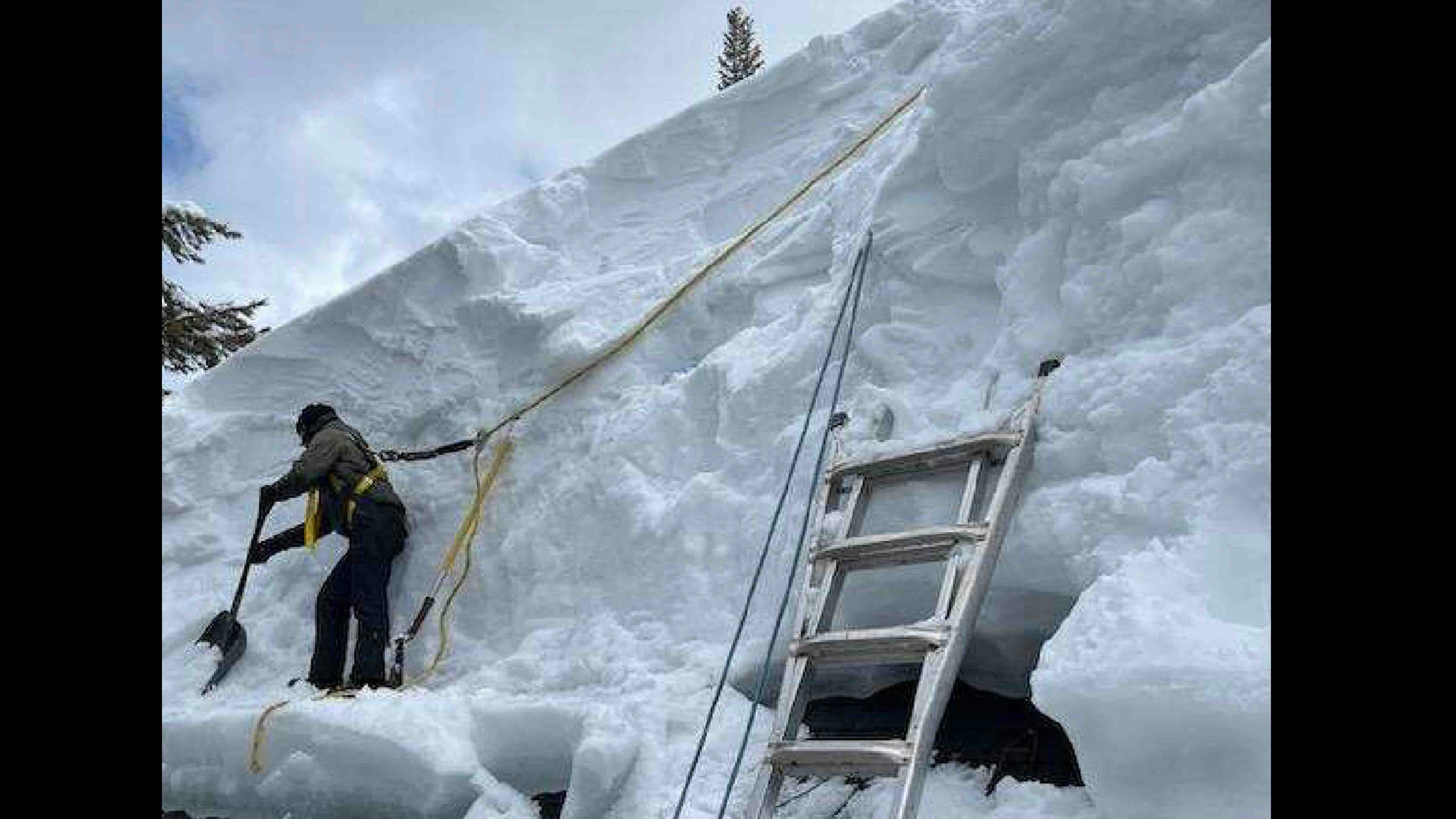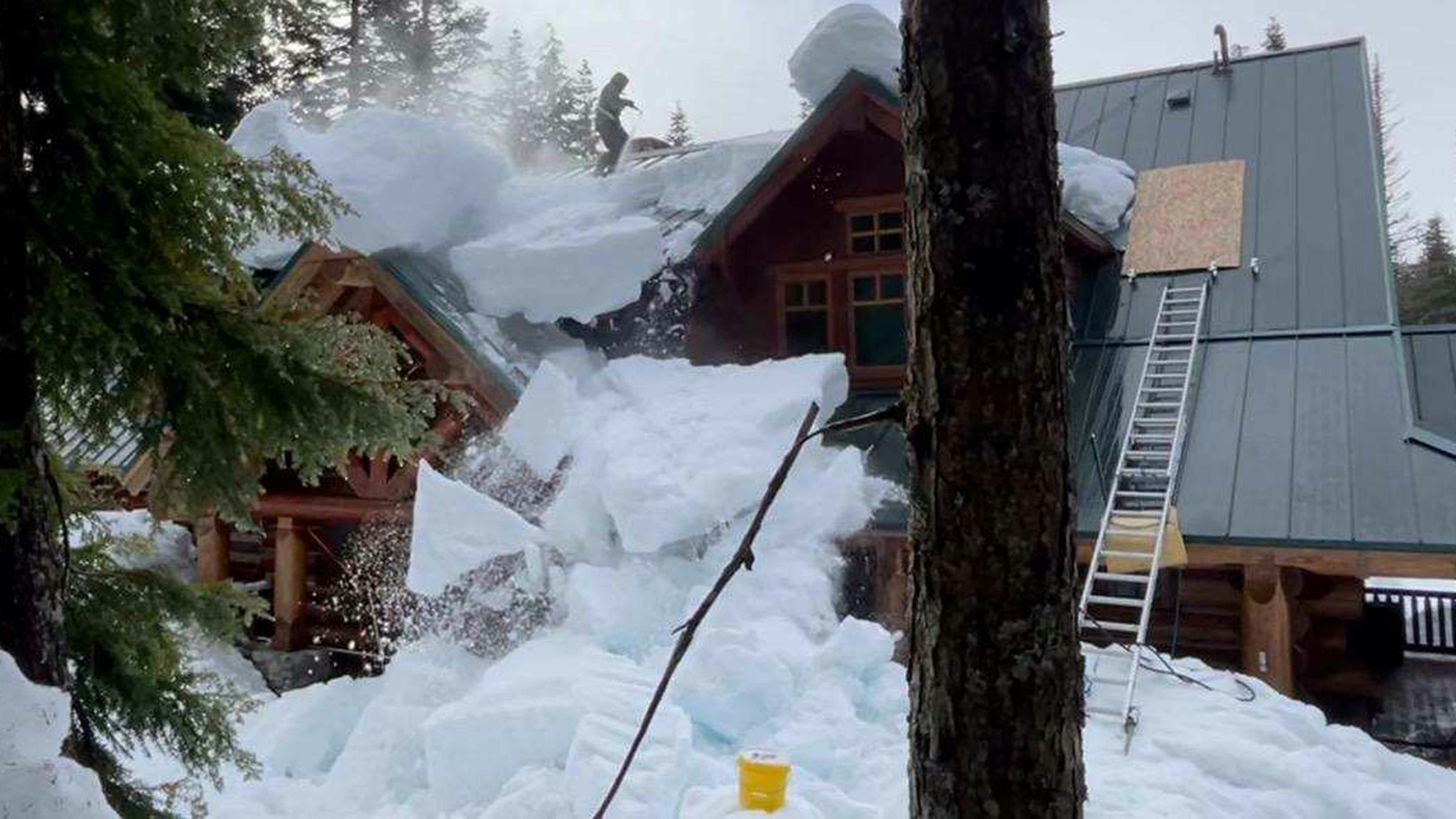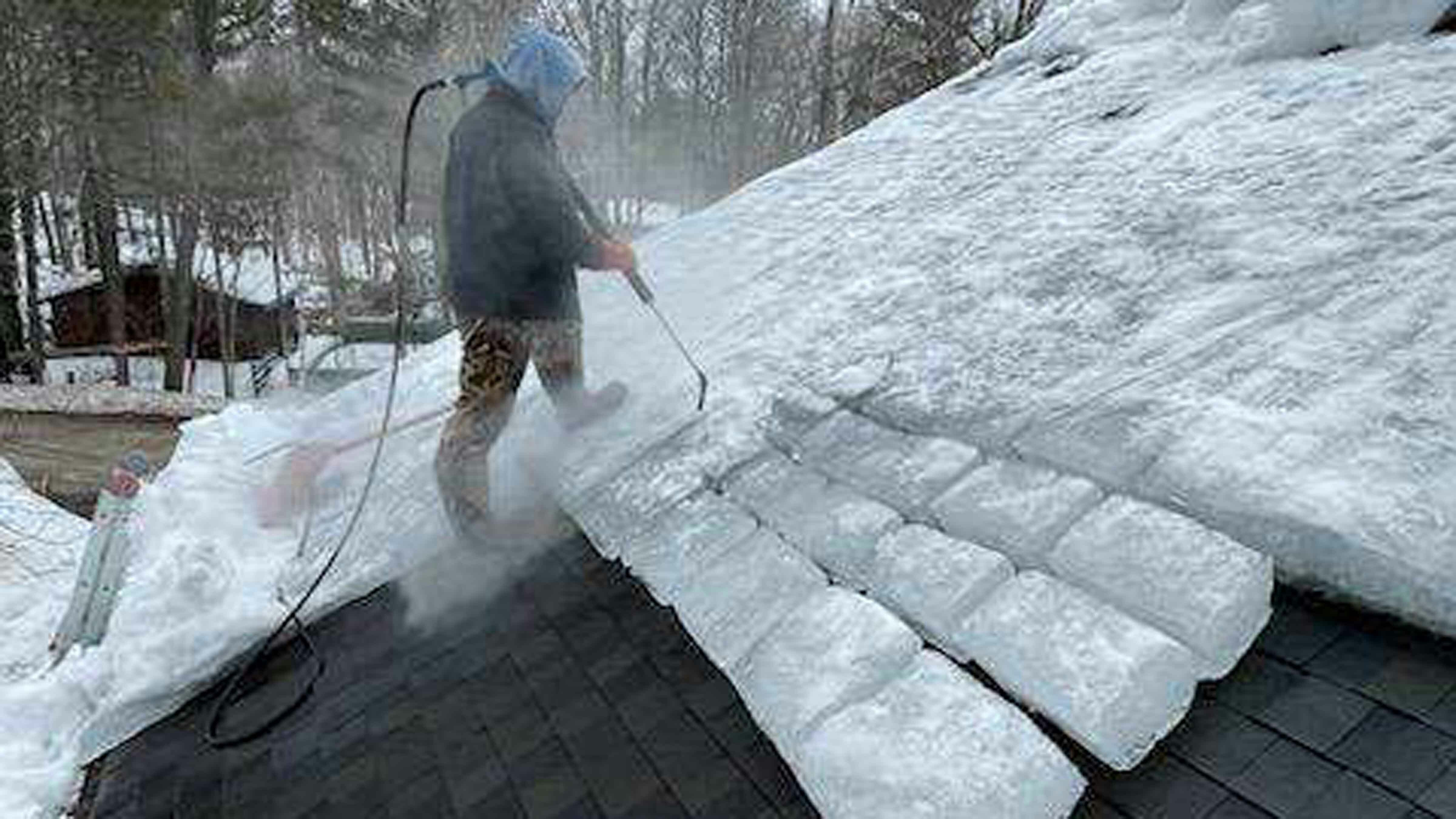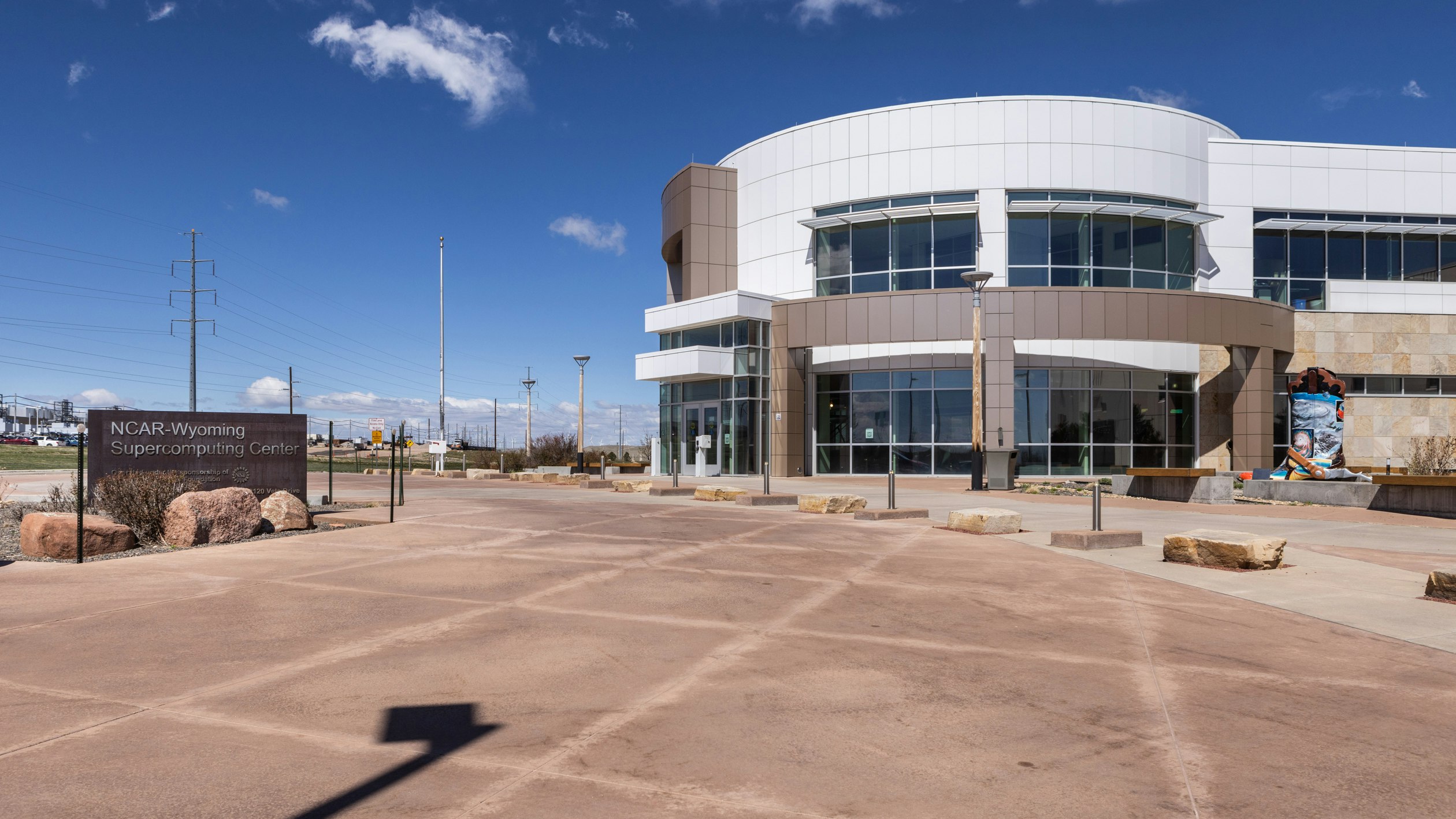A roof that collapsed in Casper two weeks ago after an extensive snow storm dumped double digits of snow, does not appear to have been part of a widespread problem.
Natrona County Building Official Justin Smith told Cowboy State Daily that at this time it’s not known what exactly caused the roof at the old Teton Homes manufacturing facility to collapse.
There were some interior renovations going on for the facility, but none that should have affected the structural integrity of the roof.
“If there were some other collapses (due to snow), we just haven’t been made aware of them,” Smith told Cowboy State Daily.
The cause of the roof’s collapse is under investigation by the business that now owns it, Smith added.
“I could not speculate on what caused the collapse or how to prevent it without knowing the actual reason for the collapse,” Smith said. “But certainly, people do need to be aware, if they are in a building where they’re concerned that the snowfall is accumulating in a fashion that could affect the structure that they want to be on the lookout for any warning signs.”
Among those warning signs, Smith said, would be any creaking sounds.
Other signs might include visible sagging, cracked or split wood members, bends or ripples in supports, cracks in walls or masonry, sprinkler heads dropping below ceiling tiles, or doors that pop open.
Casper Snow Storm Was A Record
The snowstorm that landed in Central Wyoming April 3 was one for the record books in several communities, but Casper was particularly hard hit. An epic, 26.7 inches fell that day in Casper, according to measurements taken at the Natrona County Airport.
That buried the previous record set 40 years ago of 24.3 inches, which happened on Christmas Eve in 1982, according to Cowboy State Daily meteorologist Don Day.
Snow continued to fall on April 4, a two-day total of 37.4 inches, which, incidentally, was another record. The previous two-day record for snowfall of 31.3 inches, set in 1937.
Measurements taken at the airport are probably low-balling the amount of snow that Casper received that day, because the airport is a significant distance from the nearby mountains. An individual living 7 miles south of Casper — basically right at the base of Casper Mountain — reported 60 inches of snow from the storm, Day said.
“It snowed more in town, and it snowed more closer to the mountain,” he added.
Casper wasn’t the only hard-hit area. Atlantic City by South Pass reported an estimated 48.8 inches of snow, and other communities in Central Wyoming also reported lots of snow.
Year-to-date, Casper has had 131.3 inches of snow. Sheridan has recorded 108.7 inches, while Lander has had 100 inches.
The stealthy buildup of snow on a roof can not only lead to structural issues, but, if it covers up ventilation pipes, it can be deadly.
Jesse Lofgren, President of the Ice Dam Steaming Association For Education, IDSAFE, and owner of a company that removes snow and ice from roofs across the country including Wyoming, knows of cases where entire families have died due to that.
“I actually had a friend visiting his girlfriend and her family, and there were seven people inside the home and they all died,” he told Cowboy state Daily. “The exhaust from the furnace couldn’t leave the home and they went to bed and none of them woke up.”
Snow can cause other problems if it’s left sitting on a roof as well, though, beyond clogging up ventilation pipes, causing carbon monoxide to build up inside the structure.
“As the snow melts and freezes, possibly soaking up rainwater and things like that, it gets really, really heavy,” Lofgren said.
At what point the accumulation of ice and snow becomes an issue depends on the house and how it’s been designed.
“If it’s designed for a lot of snow load, like the houses up in the higher elevations of the mountains, those houses can typically handle 3 to 5 feet of snow without it being a huge concern,” Lofgren said. “But, then what happens is, if you don’t remove the snow immediately, what can happen is you get warm temperatures which kind of turn the snow into like a slush. Once it freezes again, now you’re not able to roof rake it or shovel it off the roof properly.”
Improper removal of snow that’s refrozen to ice, meanwhile, can cause roof damage.
“A lot of people don’t know any better, and they’re going to let a guy up there with a metal dirt shovel to remove the snow from the roof, which is going to damage it,” Lofgren said. “The same kind of goes with the ice dam removal. They’re going to let a guy up there with a sledgehammer, which can wreck the shingles in the process.”
Leaving that refrozen snow up there, though is problematic. If more snow comes in and dumps on top of that, the weight can be too much.
The accumulation can also increase the likelihood of ice dams, which can lead to water leaking into the home.
“If the hot air can’t escape the attic like it wants to and it’s basically melting the snow from the bottom, it runs down to the colder overhangs and freezes and makes ice dams,” Lofgren said. “You can’t have an ice dam without snow, so if you get rid of the snow, you’re eliminating multiple problems on the building.”
Renée Jean can be reached at: Renee@CowboyStateDaily.com








